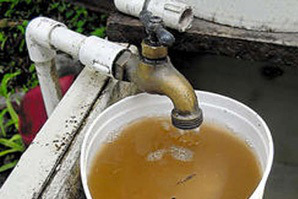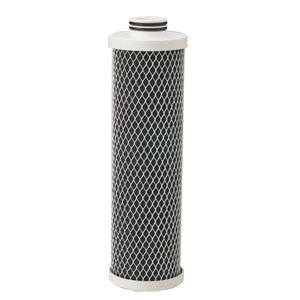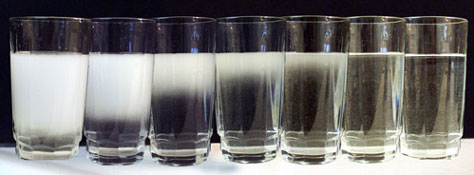 Pure Water Gazette Numerical Wizard Bee Sharper Zeroes in on Water News from October 2014
Pure Water Gazette Numerical Wizard Bee Sharper Zeroes in on Water News from October 2014
B. Sharper Ferrets Out the Facts that Harper’s Misses
The items below appeared in the Pure Water Occasional during the month of October, 2014.
Number of people worldwide who now lack access to improved sanitation facilities — 2.5 billion.
According to the World Bank, the total percentage of diseases in the developing world that are caused by drinking unsafe water — 88%.
Number of people in southern Africa who lack access to basic latrines — 174,000,000.
Children who die annually in southern Africa from diarrhea caused by unsafe drinking water and poor sanitation — 120,000.
Rank of the US in per capita water use worldwide — 6.
Rank of Australia — 19.
Rank of Turkmenistan — 1.
Percentage of Turkmenistan’s land that has become desert since the 1960s– 70%.
Factor by which a citizen of Turkmenistan uses more water than a US citizen — 4.
Factor by which a citizen of Turkmenistan uses more water than a Chinese citizen — 13.
Rank of agriculture among the reasons why Turkmenistan and other Central Asian countries are the world’s top per capita water consumers — #1.
Amount of water required to produce the energy to power a single 60W incandescent light bulb — 3,000 to 6,300 gallons.
Percentage of total US fresh water that is required to cool thermo electric power generation — 39%.
Per capita monthly k Wh usage of Haiti — 2.
Per capita monthly k Wh usage of Iceland — 4, 172.
Percentage of the water treated by municipalities that is actually consumed by people — 1%.
Percentage that is “working water” (water for toilets, lawns, laundry, etc.) — 99%.
Gallons of irrigation water needed to grow one pound of avocados in the United States — 74.1.
To grow one pound of peaches — 42.1.
To grow one pound of lettuce — 5.5.
US per capita avocado production in 1999 — 1.1 lbs.
US per capita avocado production in 2011 — 4.5 lbs.
Percentage of avocado’s consumed in the United States that are imported — 70%.
Estimated number of pieces of plastic found afloat in every square kilometer of ocean — 13,000.
Depth at which a discarded sewing machine was found in the Mediterranean Sea — 4,000 feet.
Percentage of drought-driven water rate increase this year in Wichita Falls, TX — 53%.
Percentage of rate increases projected each year for the next 5 or 6 years in Dallas — 3% to 5%.
Percentage of rate increase projected for San Antonio water/wastewater rates over the next 5 years — $41%.
Estimated percentage of private wells in New Hampshire that have elevated levels of arsenic — 20%.
Annual water use in gallons of one Fresno, CA city councilman due to lawn irrigation “malfunctions” — 1.24 million.
Year of Dr. John Snow’s famous Broad Street Pump Study — 1854.
Rank of drought and water shortage among this week’s top water stories — #1.
Tons of BPA spewed into the atmosphere in 2013 by US companies — 26.
Gallons of water that could be saved annually by putting an “environmental label” on beef products — 76 to 129 billion.
Brain cancer rate increase among girls in a Florida town whose water was contaminated by the radioactive wastes of a defense contractor – 550%.
Ticket price charged by promoters to see “the most polluted mine in Montana” — $2.
Age of Boyan Slat, who has launched a significant project aimed at ridding the oceans of plastics — 20.
Aging, in years, added by drinking a daily 20-ounce soda, according to an American Journal of Public Health study — 4.6.
Year in which status of the British outpost Rockall was downgraded from island to rock — 1997.
Nautical square miles of ocean lost by the United Kingdom because of the downgrade — 60,000.
Factor by which water well drilling has increased in Santa Barbara, CA during the current drought — 3 times.
Percentage of the UK’s public water that is taken from groundwater sources — 35%.
Cost of restoring the Kissimmee River to its near meandering state after it was “straightened” by the U.S. Army Corps of Engineers — $ 1 billion.
Tons of London sewage that pollute the Tidal Thames in an average year — 39 million.
Tons of London sewage that polluted the Tidal Thames in 2013 — 55 million.
Years it will take to build the new Thames Tideway Tunnel that will fix the problem — 7.
Estimate number of abandoned mines in the US — 500,000.
Number of these that have been “identified” by the US government — 46,000.
Number of years that mine tailings can leach toxins into water supplies — 100.
Estimated cost to US taxpayers for cleanup of the nation’s abandoned mines — $32 to $72 billion.
Amount that Maryland fines giant agribusiness chicken factories when they submit “incomplete reports” of their activities — $250.
Number of cases of Ebola contracted by drinking water during the current outbreak — 0.
Number of cases of Ebola predicted to be contracted by drinking water during the next decade — 0.
Lost elevation in the water table beneath Stratford, California during the last two years — 100 feet.
Number of times the manure produced in a year on Maryland’s farms would fill Ravens stadium — 2.
Year in which Congress exempted fracking from the requirements of the Safe Drinking Water Act — 2005.
Number of customer water shutoffs made in Detroit between January and September of 2014 — 27,000.
The EPA allowable for benzene in drinking water — 0.005 mg/L (5 parts per billion).
Current price of Pure Water Products Model 77 Countertop Filter, “the world’s greatest $77 water filter” — $77.
Price of Model 77 in 1992, 1996, 1999, 2004, and 2013 — $77.




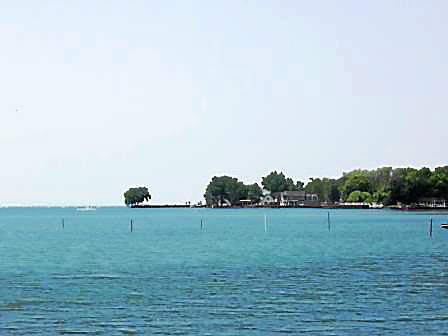



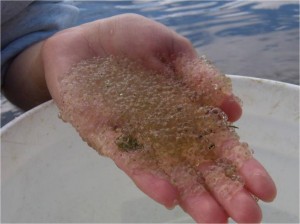
![pwanniemedium[1]](http://www.purewatergazette.net/blog/wp-content/uploads/2012/05/pwanniemedium1-246x300.jpg)
